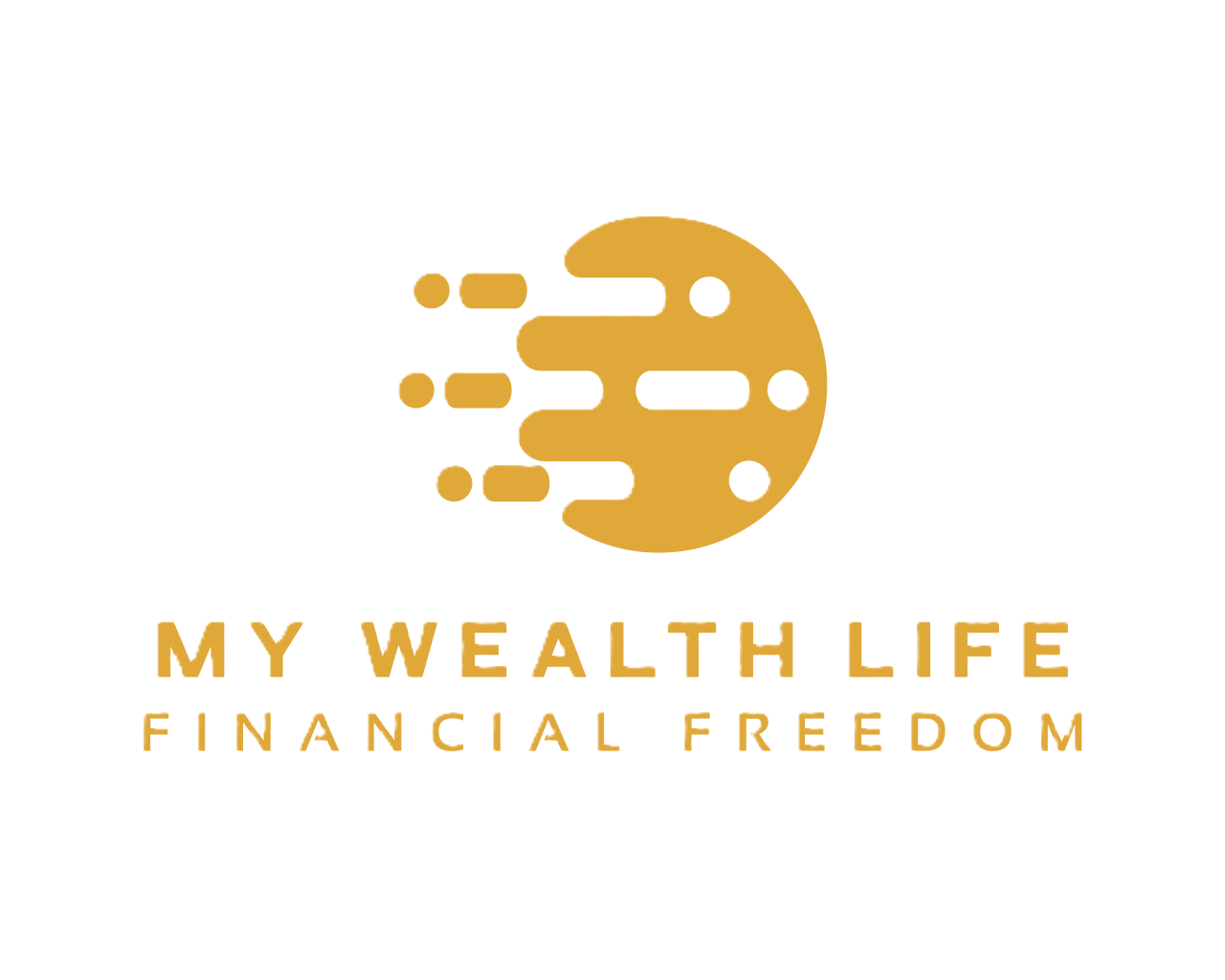Your cart is currently empty!
Baby Step 1: Save $1,000 for a Starter Emergency Fund
The first step toward financial freedom isn’t investing, paying off your mortgage, or starting a business—it’s security. A small emergency fund keeps life’s surprises from becoming financial disasters.
Why $1,000 Matters
$1,000 may not cover every possible emergency, but it’s enough to handle most of life’s unexpected curveballs: car repairs, medical bills, or a broken appliance. Without it, many people turn to credit cards—and debt pulls them further away from freedom.
Step 1: Make It Your Top Priority
Before focusing on debt or investments, pause everything else and direct your energy toward building this fund. Having quick cash on hand creates peace of mind and a stable foundation for the journey ahead.
Step 2: Find the Money Fast
Look for quick wins to reach $1,000:
- Cut back on eating out or streaming services—just for now.
- Sell unused items—furniture, clothes, electronics.
- Take on a short-term side hustle—deliveries, freelancing, or tutoring.
Most people can pull together $1,000 faster than they think when they focus with urgency.
Step 3: Keep It Accessible
Place your emergency fund in a simple savings account—separate from checking, but easy to access when you need it. This isn’t about growth, it’s about protection. Don’t invest it, and don’t use it unless it’s a real emergency.
Takeaway
Baby Step 1 isn’t glamorous, but it’s powerful. With $1,000 set aside, you’ll stop relying on credit cards for emergencies and start your financial journey with confidence. This small fund is your first real taste of freedom.
